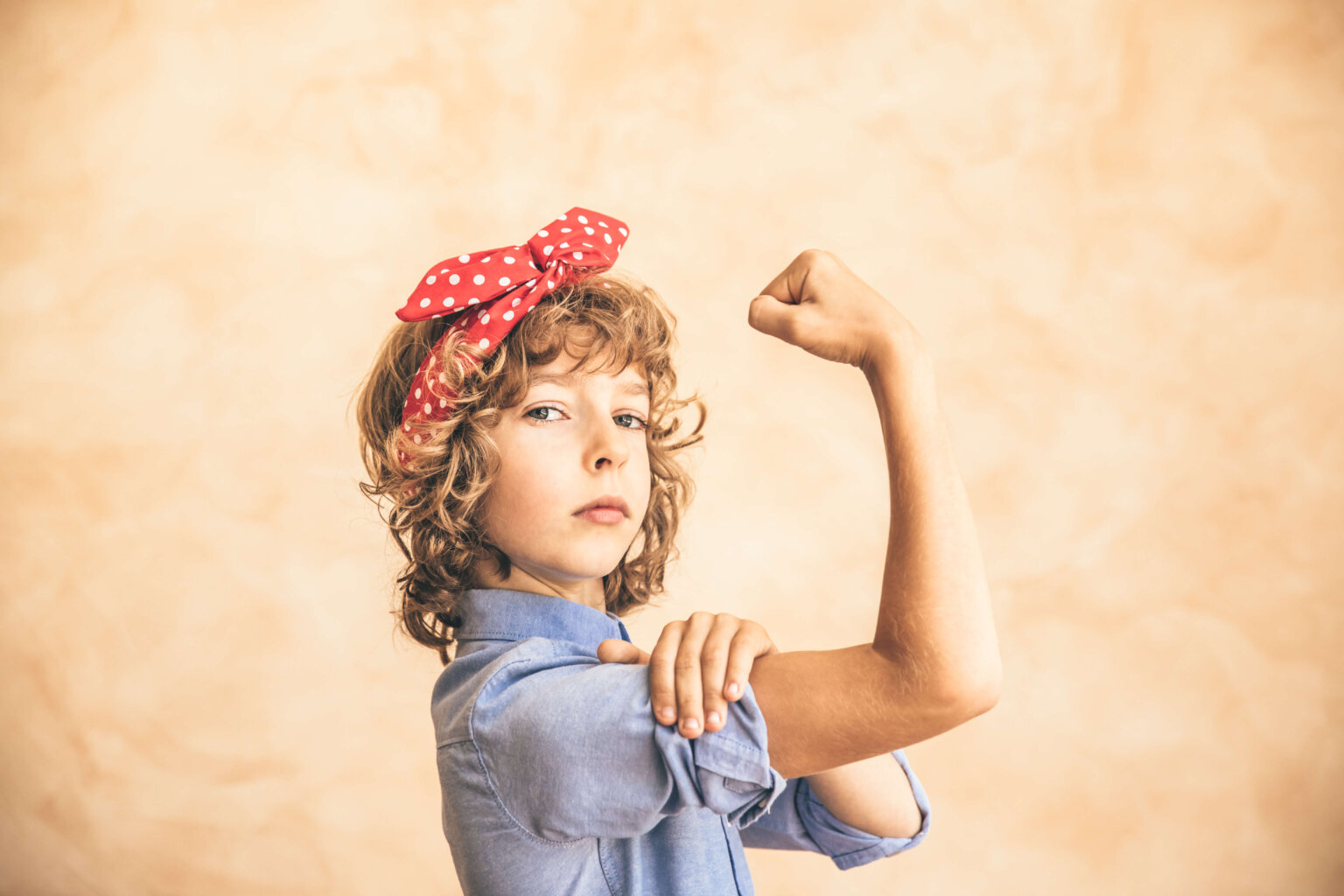
6 Tips for Sharing Women’s History with Kids All Year Round
In 1987, the United States Congress declared March as Women’s History Month. But women’s history—also known as just plain history—has been around as long as there have been women, even if it wasn’t always recorded, shared, or taught in schools. Here are some tips for weaving women’s history into conversations with kids every month of the year.
1. Everyone needs to learn about women’s history.
No matter what your gender identity, learning about the struggles and triumphs of women throughout history teaches us about who we are as human beings and as a society. Adults sometimes focus their women’s history discussions on girls alone, worrying that boys will be bored or even alienated by discussions of great women. Never mind that this never seems to be a concern for girls expected to learn about history centered on men!
The truth is that boys need to learn about women’s history just as urgently as girls do. Yes, girls need to see themselves reflected in stories of great achievements, so that they will be inspired to achieve great things too. But boys also need to see images of powerful and successful women, and not only to show them what women are capable of. Without these role models, we are depriving all children of half of the great possible inspirations. Children of all genders need to see stories of strong women and the strong men who support them.
2. Every woman is more than just a woman.
When reading and sharing information about a female historical figure, emphasize what makes her unique—and go beyond “she was the first women to _____.” Just like male historical figures, women have unique talents, experiences, and stories. Focus on what makes that woman interesting or inspirational.
For example, when my co-author Manuela Bernardi and I were writing a profile of Supreme Court Justice Sonia Sotomayor, we realized that the thing most people know about her—that she was the first Hispanic-American person to serve on the US Supreme Court—was actually far less interesting than the fact that she was the most experienced trial judge in a century to be named to that court. While “firsts”-focused history tends to dominate the conversation, it can often distract from the very real achievements of historical figures and reduce the scope of their accomplishments.
3. Ask “Where were the women?”
Whenever you are discussing historical events with kids, notice whose voices are not being included. Ask questions like:
- Do you think there were women present during this historical event?
- Who do you think they were? What were they doing?
- How do you think they might have felt about what was going on?
- Why do you think we are not seeing the story from their perspective?
Questions like these help kids develop critical thinking skills. After discussing these questions, explore some of the resources in #4 below to find out more about the experiences of women in different time periods.
4. Go beyond the big names.
For many years, books for children focused on a handful of well-known women, often those who were “firsts” in some way—but that is far from the whole story. The past few years have seen an explosion of books featuring lesser-known heroines, from eighteenth-century Sikh warrior Mai Bhago to 1930s teenage baseball sensation Jackie Mitchell. When you dig into these women’s stories, you’ll often find fascinating tidbits about the support that helped them to push back against the sexism they faced. More often than not, that support came from lesser-known women in their lives who lifted them up.
For example, in the late 1950s, when Dr. Jane Goodall got the chance to study chimpanzees in Tanzania’s Gombe Stream Reserve, officials there wouldn’t allow her to enter the reserve without a chaperone. So Jane’s mother, Margaret Myfanwe Joseph, accompanied her. Talk about support! Find lots of resources on amazing women to know on our She Spoke resource page found here.
5. Dive into everyday history.
We tend to think of “history” as big set pieces—battles, treaties, plagues, natural disasters. And for much of recorded history, records of such events have centered around men. The history of women is often found in the forgotten corners of everyday life—diaries, letters, and household records. But learning about how people lived day-to-day in different time periods is often even more enlightening than learning about newspaper headlines. Everyday history helps kids make connections to their own lives.
The Maryland State Library Resource Center has a wonderful resource site for learning about daily life throughout history here: https://www.slrc.info/resources/guides/history/exploring-daily-life-throughout-history/.
6. Make connections to the women in your life.
There have been extraordinary women throughout history who didn’t make it onto the pages of the history books—and odds are good that some of them are in your own family! Encourage kids to talk to the women in your family about their experiences. How did big historical events affect them? Encourage kids to think about how events such as World War Two and the passing of the Nineteenth Amendment affected the women in your family, and how that impact influences their lives today.
Kathy MacMillan (she/her) is a writer, nationally certified American Sign Language interpreter, librarian, and signing storyteller. She is the co-author (with Manuela Bernardi) of She Spoke: 14 Women Who Raised Their Voices and Changed the World and the author of Nita’s First Signs, Nita’s Day: More Signs for Babies and Parents, The Runaway Shirt, and many more books for children, teens, and adults. Find her online at https://kathymacmillan.com/.
